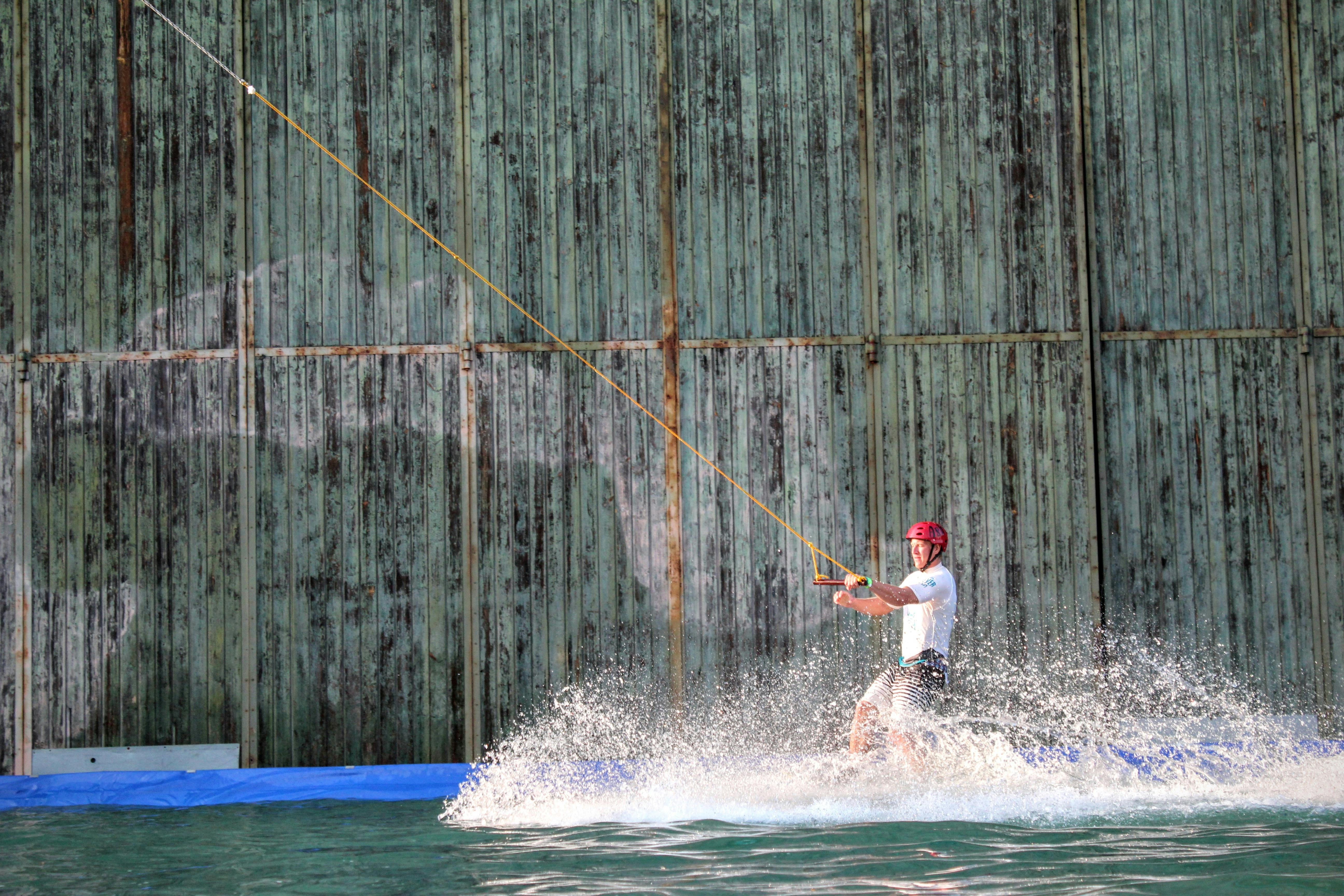Deck Stairs Advances – The Stair Construction Industry Provides Superior Structural Integrity and Safety
Let’s take a look at the biggest issues that have ‘tainted’ the roofing industry and quickly highlight the major improvements that have brought new cost-effective and efficient solutions that have effectively addressed ‘trouble spots’.
With the rapid increase in new material options, such as composite material, there have been great improvements in long-lasting color stabilization. When many of the compounders first came along, they lacked sufficient UV (ultraviolet) stabilizers in the custom color coatings they applied. Great new color options became available to builders, however significant early ‘fade’ was observed and customer complaints were common. Now, unlike the first generation of compounds, the new advanced UV color coating provides long-lasting color consistency. In addition to the initial problems of inadequate UV stabilizers, the initial cost was also difficult for many installers to accept! Now that the market has encouraged more competition, the price of composite has come down and it has become a very affordable and durable option compared to traditional redwood, cedar, and pressure-treated lumber.
The whole issue of pressure-treated lumber has also been an extremely controversial topic for the past decade. When the EPA (Environmental Protection Agency) banned the use of arsenic and changed the primary pressure treatment to ‘copper’, they did not realize the major implications that would arise. Arsenic was removed due to the potential harm it exposed children to in playgrounds across the country. The new pressure treated solution now EPA approved and currently in use contains a high level of copper.
This relatively new approved pressure treatment when in contact with galvanized zinc coated steel accelerates corrosion at a rapid rate. This set the stage for a radically different safety concern: with earlier arsenic pressure treatment, the hazard was possible poisonous “ingash”; Now, with the new high-copper pressure treatment, widespread platform collapses and premature corrosion are the real safety concerns. Struggling to respond quickly to potential safety and liability concerns, manufacturers of steel hangers, fasteners (screws/nails, etc.) immediately upgraded their products by adding hot-dip galvanizing to all anchors, hangers and fasteners, and in many cases adding epoxy powder coatings in addition to increasing hot-dip galvanizing levels. This, until now, has been ‘perceived’ as an adequate solution. However, the galvanic corrosion created between the high copper content of the wood and the galvanizing has proven to be so severe that the normal industry standard G90 galvanizing will corrode in as little as 12 months and G185 can be seriously compromised in 24 months. Remarkably, the G185, with no engineering tests available, has been the industry default for code officials. Without a barrier between pressure-treated lumber and galvanized hardware, severe corrosion is inevitable. There is still work to be done to safely address this EPA-approved pressure treatment.
The installation and construction of standard and traditional decks as a whole have also come under a great deal of scrutiny in the last decade. Many structural solutions have been advanced to improve the accessories and stability of the platform. Highly publicized roof collapses have focused attention on safety issues, but missed the leading cause of deaths and injuries. Fatalities resulting from roof collapses, while tragic, are less than 40 per year in the US. However, statistics provided by the National Safety Council show ladder fatalities approaching 2,000 per year, which does not include additional serious injuries. (National Safety Council on Injuries, 2011 Edition).
The above injuries are the result of slipping and falling in the most dangerous area of any deck or home: stairs (deck stairs, wooden stairs, exterior stairs, interior stairs). Poor construction practices have led to unstable railings and the inability to provide proper grip when a person is traversing a ladder. For years there have been building codes that require rail posts to support 200 pounds. side load. Until recently, there have been no solutions that allow the construction of standard wooden stairs to meet these criteria. Poor traditional construction methods are a direct cause that has led to these above statistics.
There have been only a handful of manufacturers that have made serious efforts to address various side loader pallet safety issues for safer stair railing. One of these manufacturers makes an adjustable bracket that can also be used as a vertical rail post accessory for deck stairs.
Unfortunately, until such time as proper code enforcement is required, the unnecessary deaths and injuries mentioned above will continue and many feel that given the high number of reported injuries, it is grossly negligent for building inspectors not to require tested and validated products. The ICC-ES does an adequate job of informing the official code community of proven code solutions, but they are largely ignored and unfortunately expose the general public to dangers that are unnecessary.
